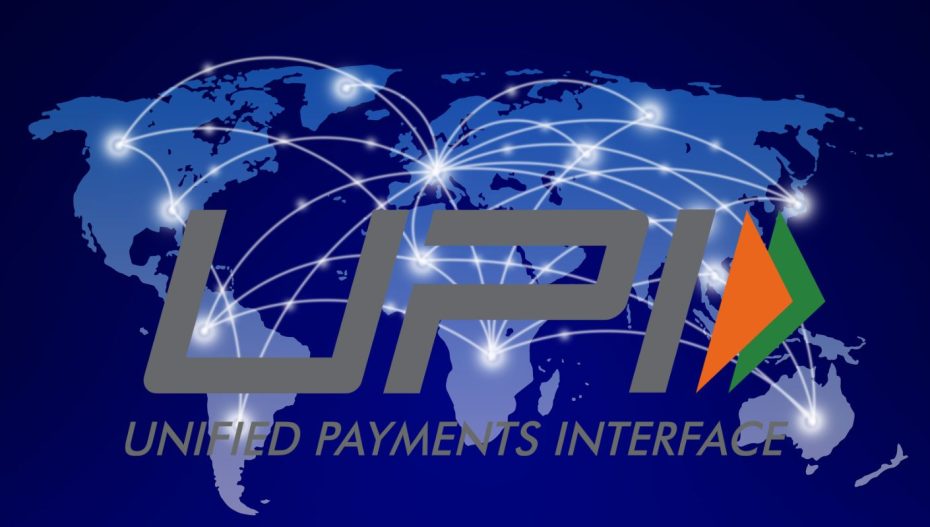The Unified Payments Interface (UPI), a revolutionary digital payment system in India, has transcended borders, with an increasing number of countries now accepting it. UPI has transformed the landscape of digital payments in India, offering seamless transactions from purchasing groceries to buying gadgets, all without any additional charges.
What is UPI and How Does it Work?
Developed by the National Payments Corporation of India (NPCI), UPI is a mobile-first payment system that simplifies sending and receiving money by scanning a QR code or using a user’s phone number. Unlike traditional digital payment methods, UPI ensures that the amount is directly debited from the linked bank account.
Available through various platforms such as BHIM, Google Pay, Amazon Pay, PhonePe, BharatPe, and more, UPI is supported by most banks operating in India. Notably, unlike credit or debit card payments, UPI transactions do not incur any charges.
To enhance security and prevent fraudulent activities, NPCI has implemented features such as direct linkage to the user’s phone number. Moreover, if the SIM card is removed, UPI transactions cease to function. To address service downtime, NPCI introduced UPI Lite, which enables transactions without requiring a PIN or internet connectivity. However, transactions using UPI Lite are limited to Rs 500 per transaction and Rs 4,000 per day.
List of Countries Accepting UPI Payments:
- Sri Lanka
- Mauritius
- France
- UAE
- Singapore
- Bhutan
- Nepal
Bhutan was among the earliest adopters of UPI payments outside India, implementing the system in collaboration with the Royal Monetary Authority (RMA) of Bhutan in 2021. Additionally, Bhutan was among the first countries to adopt and issue RuPay bank cards.
Is Paytm FASTag Operational? How to Manage Your Account? All Your Queries Answered Here













